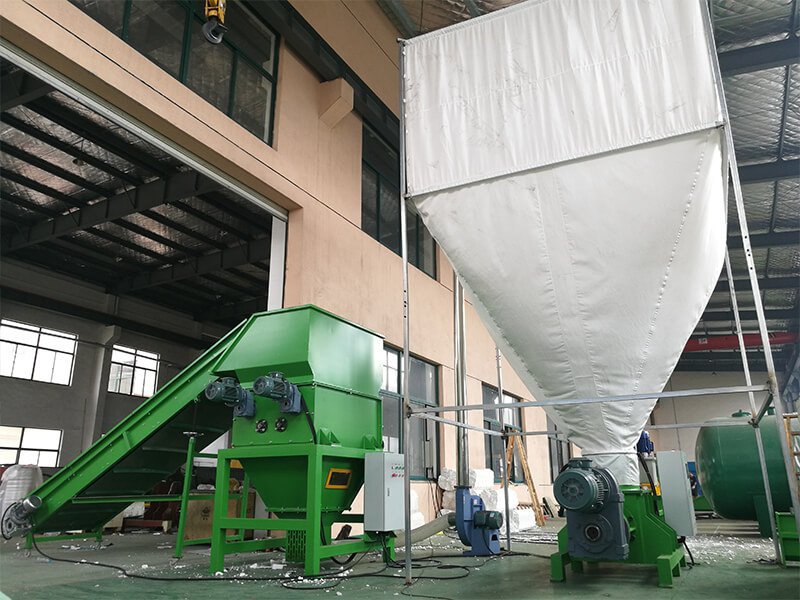Visit us
Sanxing Industrial Zone, Jinfeng Town, Zhangjiagang City.
Polystyrene foam in daily life is also commonly known as PS foam. Because of its stable chemical properties, light weight and pressure and heat insulation, this material is widely used in all walks of life, and because of its good quality and low price, the same type of substitute has not posed a normal threat to polystyrene plastics. It can not be degraded and can not be recycled. Today we will give you a general review of how to use EPS foam products after recycling.

This method can be divided into waste foam compactor and waste foam melting granulator.
(1), The professional and efficient foam compressor will be used to crush the foam. After the screw hydraulic device is used to make crushed foam pieces into blocks, the EPS foam products can be sold at a high price, and the economy is environmental friendly.
(2), The waste foam compression block can be used for granulation. After the foam compressor is processed, the EPS compression block can be forced to be added to the extruder screw cylinder by a foam granulator, and then heated, melted, extruded, rolled, cooled and cut into pellets, and then reused.
This method is currently the most widely used and most effective recycling of recycled foam plastics.
As a feasible method to reconcile EPS and environment, chemical recovery has been paid more attention by many countries. This method is to decompose waste EPS into reusable components such as monomer, compound, fuel, etc., so as to make EPS recovery truly a closed-loop process. The method has the following advantages: the quality of the chemical raw materials produced by decomposition can be comparable to that of the new ones; in addition, it has the potential to deal with a large number of wastes, that is, it can realize the recycling and truly control the environmental pollution caused by EPS. At present, the processes with industrial potential in chemical recovery are cracking, vaporization, hydrogenation and pyrolysis. Although chemical recovery is not novel in terms of reaction mechanism, there are still many engineering problems to be solved in order to put it into practice, and the implementation cost is still too high to be conducive to a wide range of use.
(1). Manufacturing rust proof paint;
(2). Manufacturing multi-functional resin adhesive;
(3). Manufacturing anti-seepage and leakage mending agent;
(4). Used as asphalt reinforcement agent.
Polystyrene foam recycling process through professional foam recycling machine can be used for granulation production of new products, such as photo frames, mirror frames, ball pens and hangers, etc., greatly saving resources and protecting the environment, but also led to the rise of the foam recycling industry.